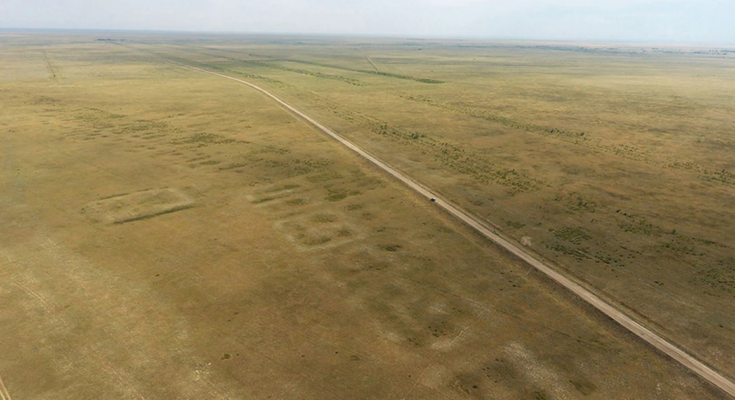New archaeological discoveries in Kazakhstan provide new insight into the Bronze Age. With an area of 140 hectares, the city of Semiyarka was one of the largest settlements of its time.
Archaeologists have discovered a very large settlement from the Bronze Age in the Kazakh steppes. The city of Semiyarka, which flourished around 3,600 years ago, covers an area of 140 hectares, more than four times the size of other contemporary villages in the region. According to research published Tuesday, November 18 in the journal Antiquity, this is the first known site in the region to be used on a large scale for metallurgy and tin-bronze production.
“This is one of the most extraordinary archaeological discoveries in the region in decades. Semiyarka changes the way we view steppe peoples,” said Miljana Radivojević, an archaeologist at University College London and lead author of the study, in a statement.
Researchers discovered ritual and bronze production sites
The city is located on a cliff above the Irtysh River in northeastern Kazakhstan and is called the “City of Seven Gorges” because of its strategic location. Researchers suspect Semiyarka may have controlled movement along the river.
There were larger buildings in the center of the city, which may have been used for ritual or governmental purposes. To the southeast of the earthworks, archaeologists discovered areas with metal artifacts, ore, and slag, indicating that copper and tin-bronze were processed here.
Semiyarka may have served as a center for metal ore trade and distribution
The metal ore likely came from the nearby Altai Mountains, which border Kazakhstan, Russia, Mongolia and China. Due to its proximity to these deposits and its riverbank location, Semiyarka probably served as a trade and distribution center.
Dan Lawrence, landscape archaeologist at Durham University, stressed in a statement: “The size and structure of Semiyarka is unlike anything we have seen before in the steppe zone.” Future excavations are expected to provide further insight into the city’s role in the region.
- Paleontology: The study of fossil remains.
- Geology: the study of rocks and earth formations.
- Anthropology: the science of humans and their development.
However, these disciplines are very different from archaeology, although there is some overlap.



